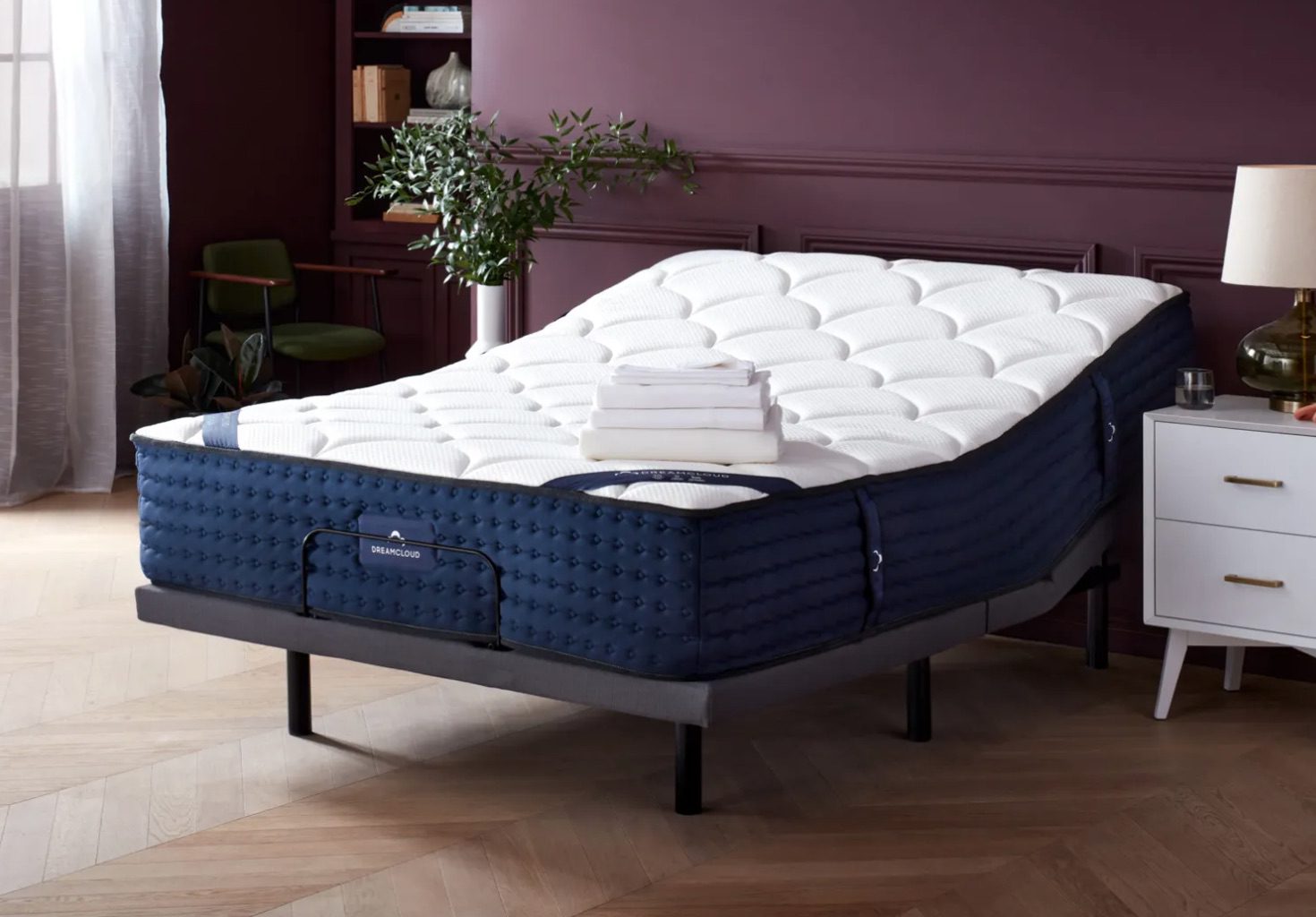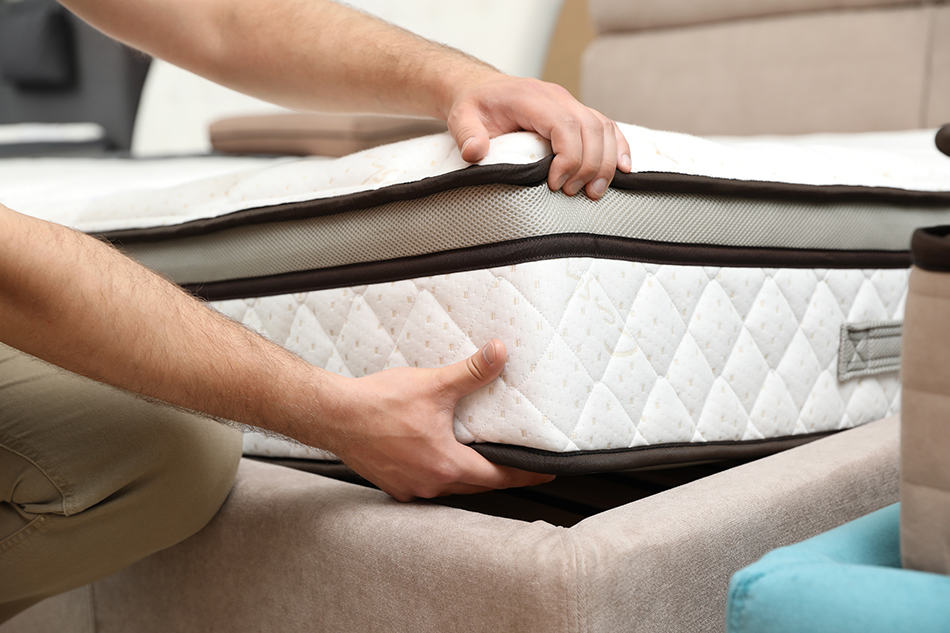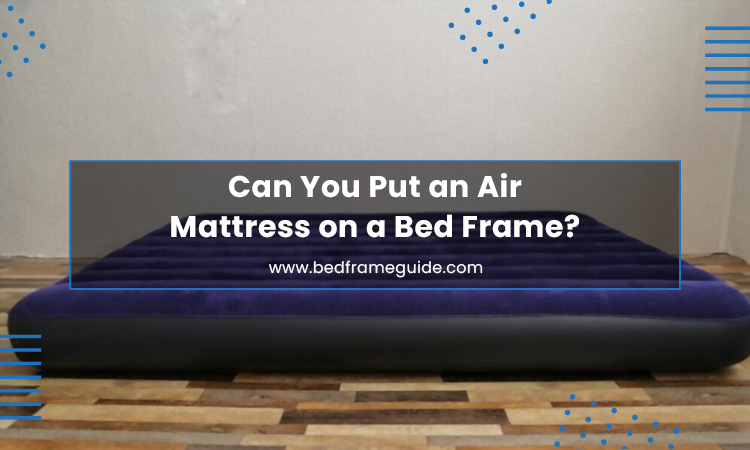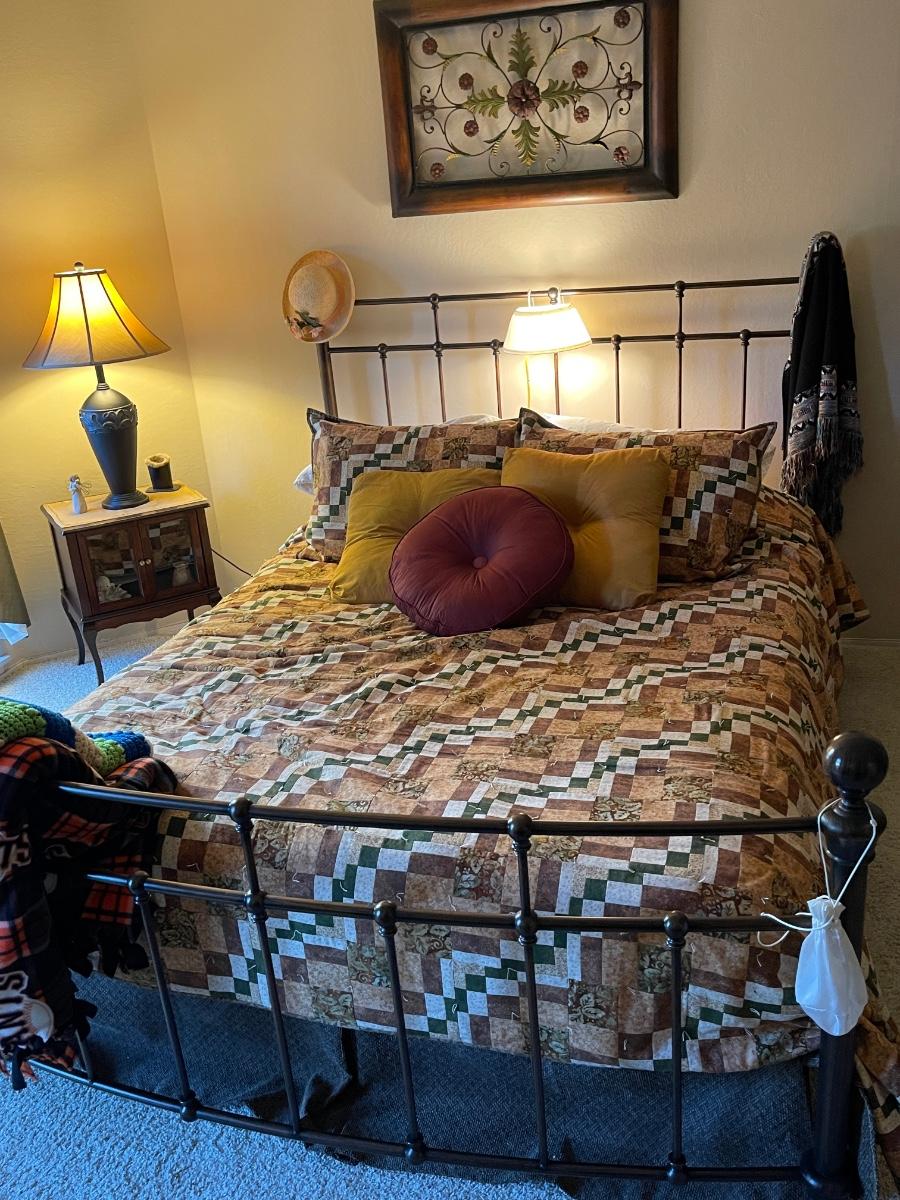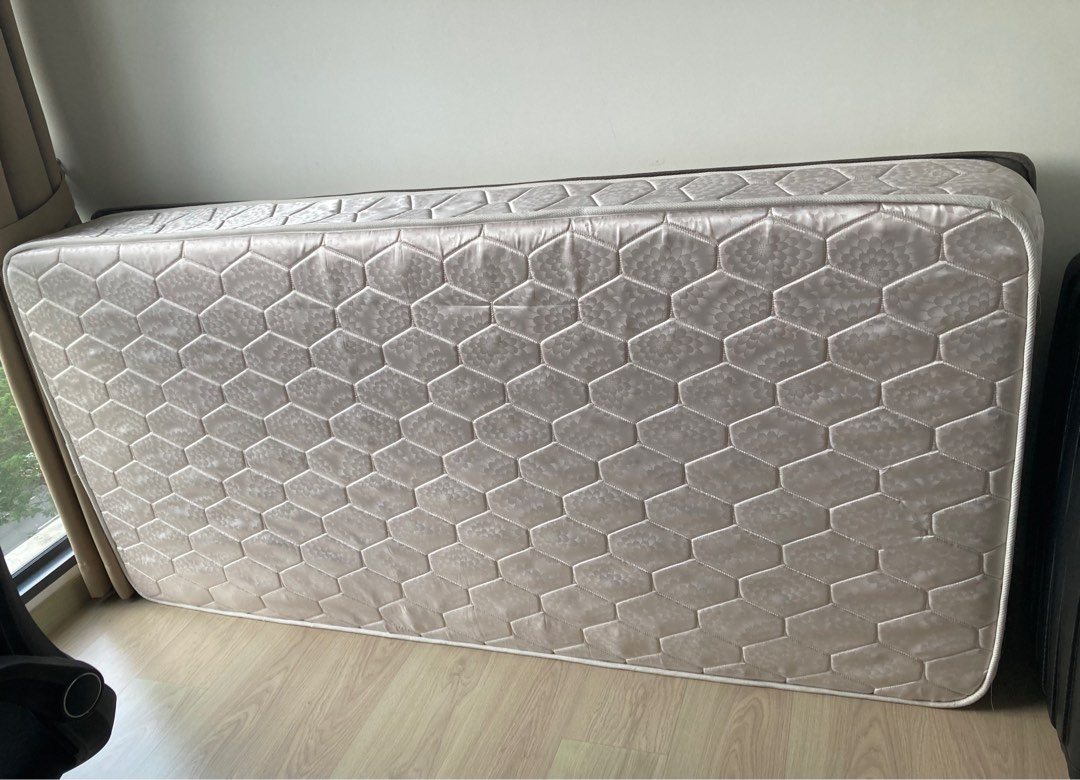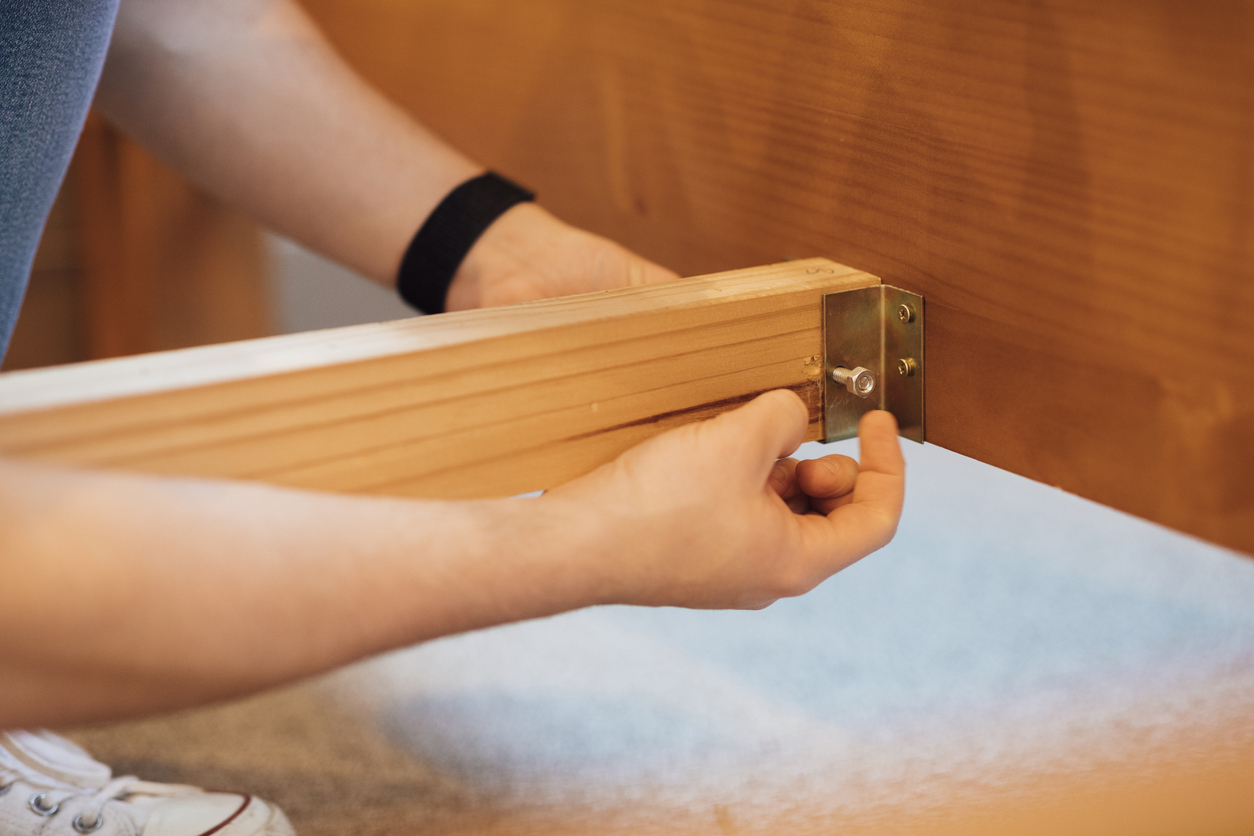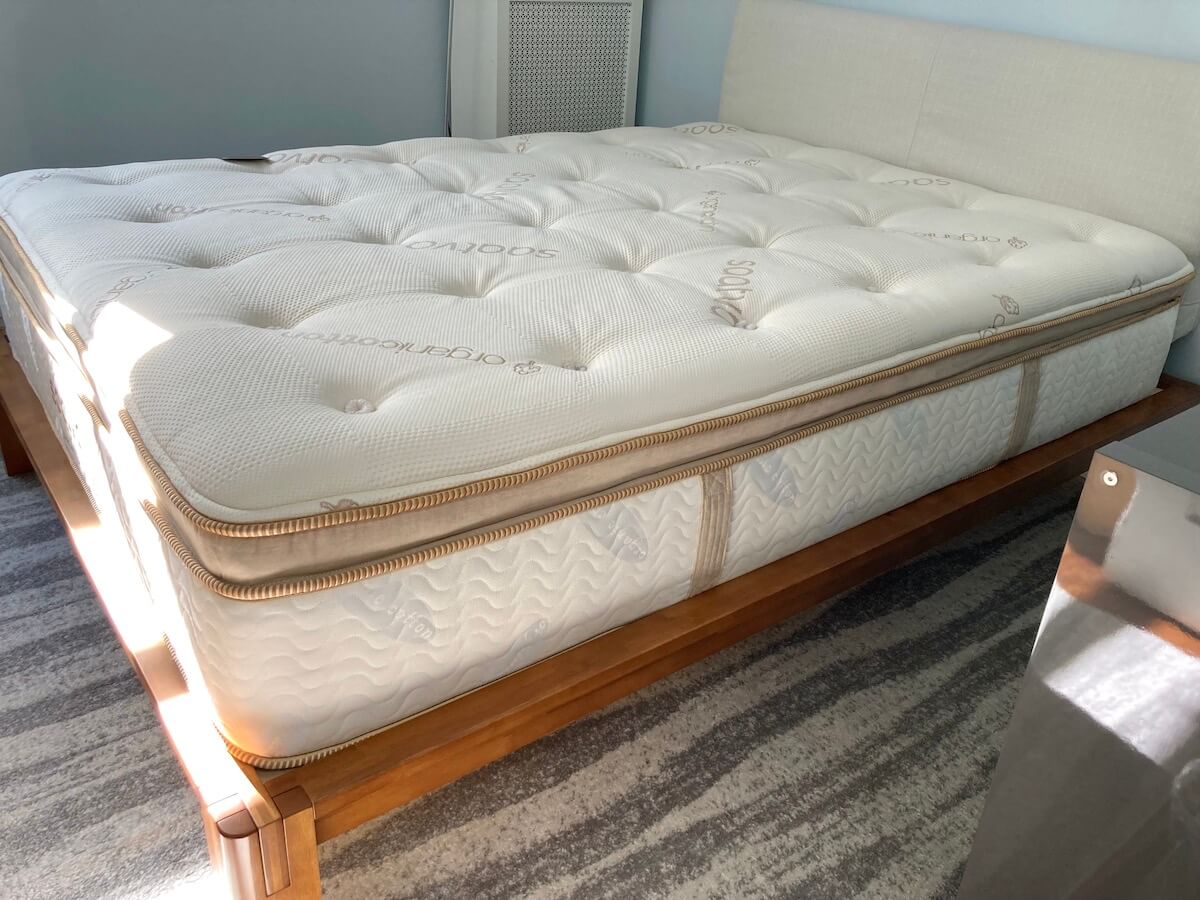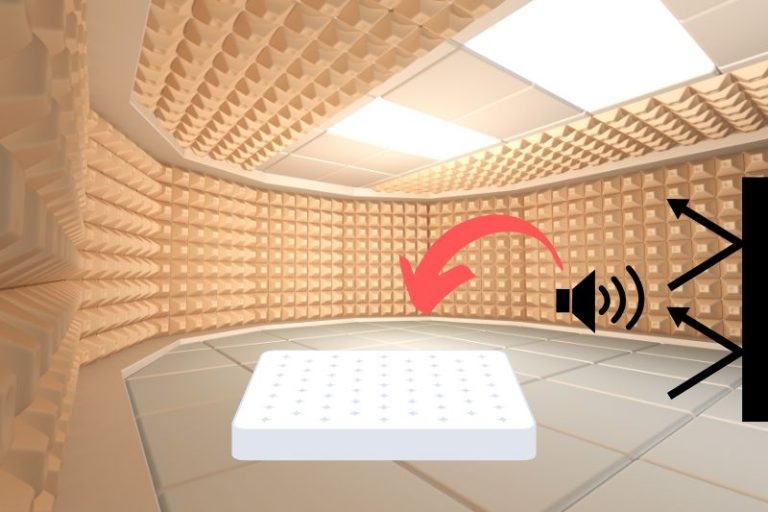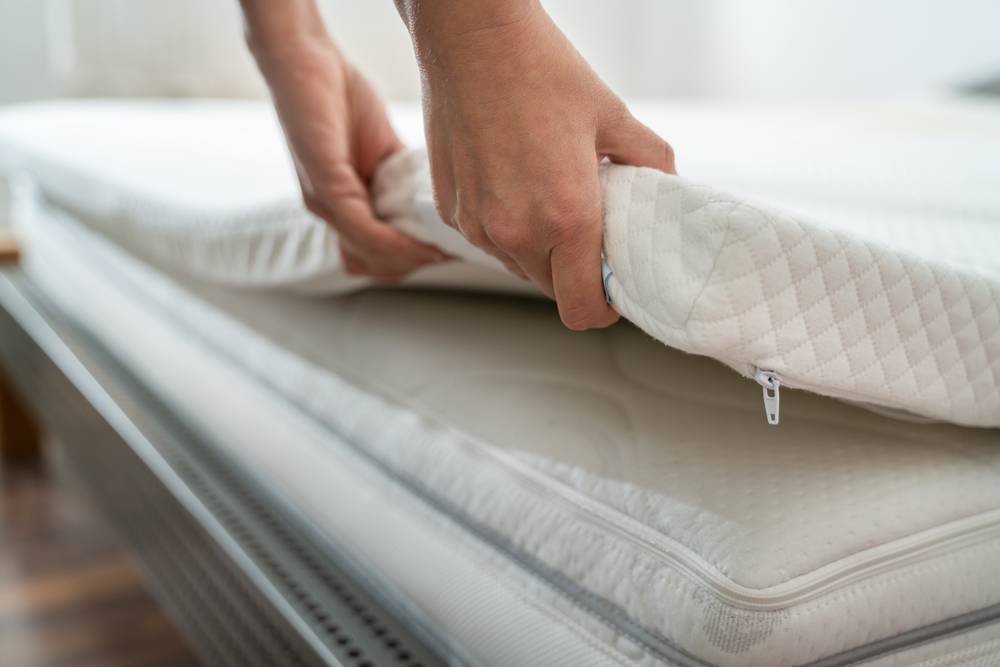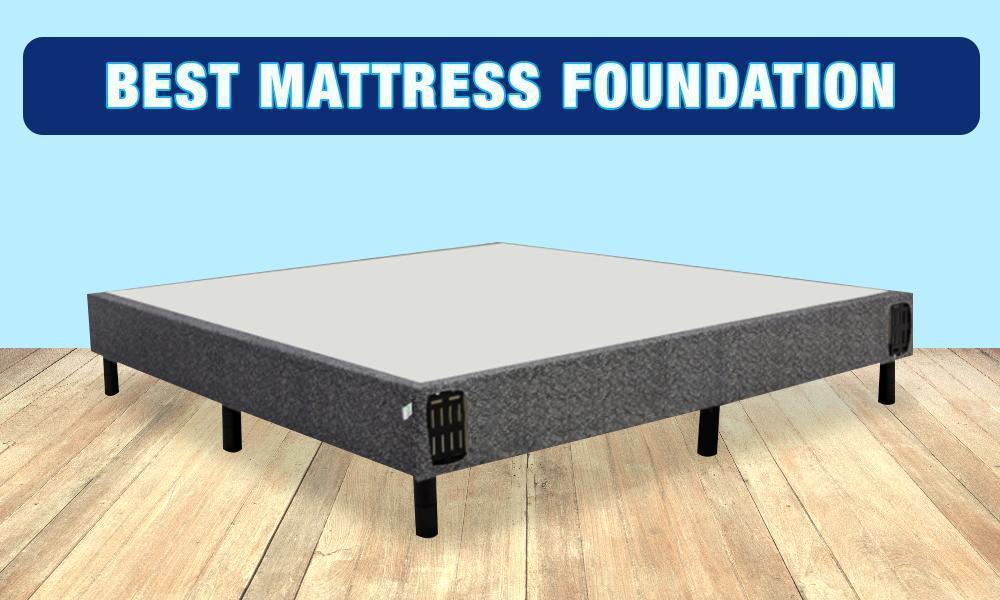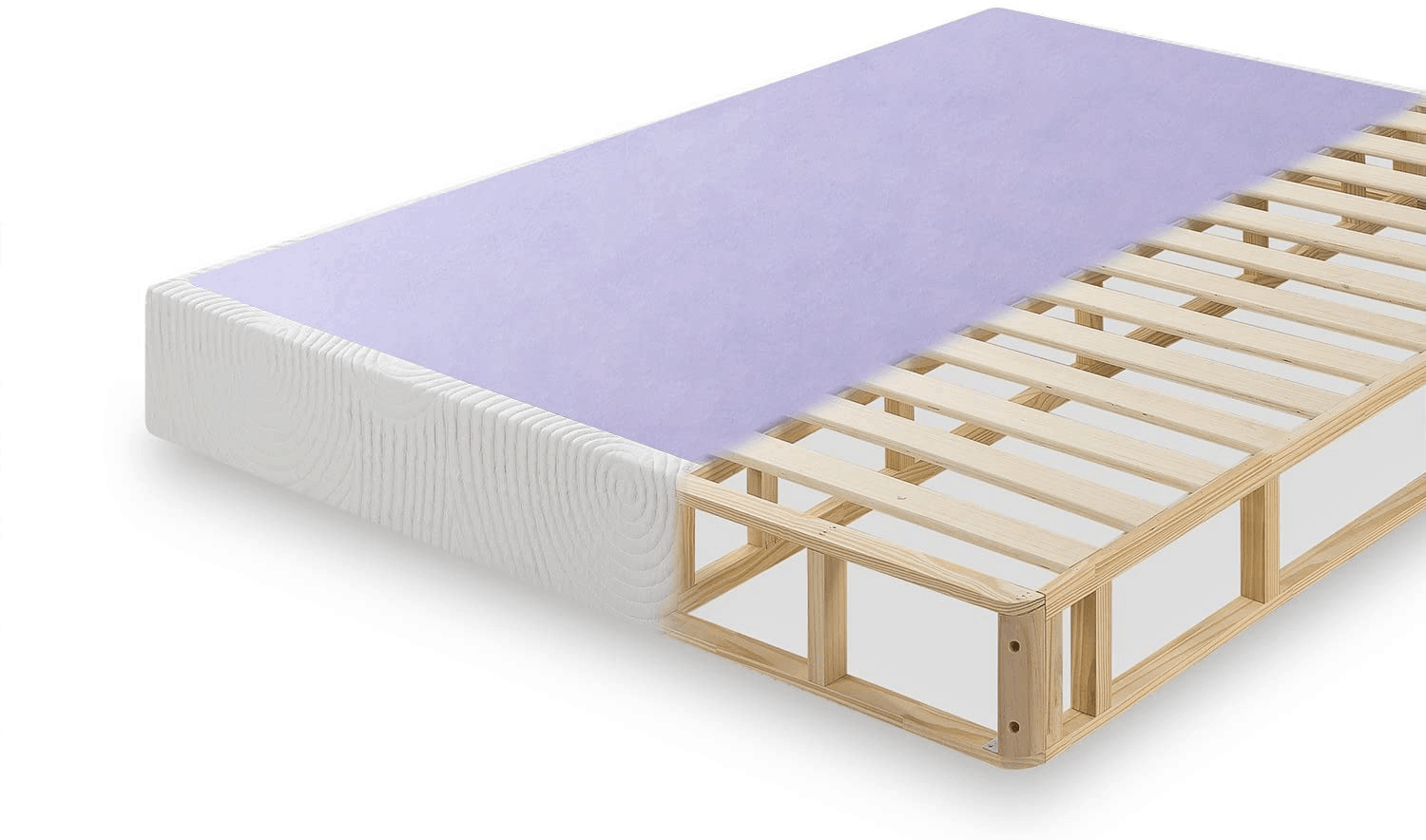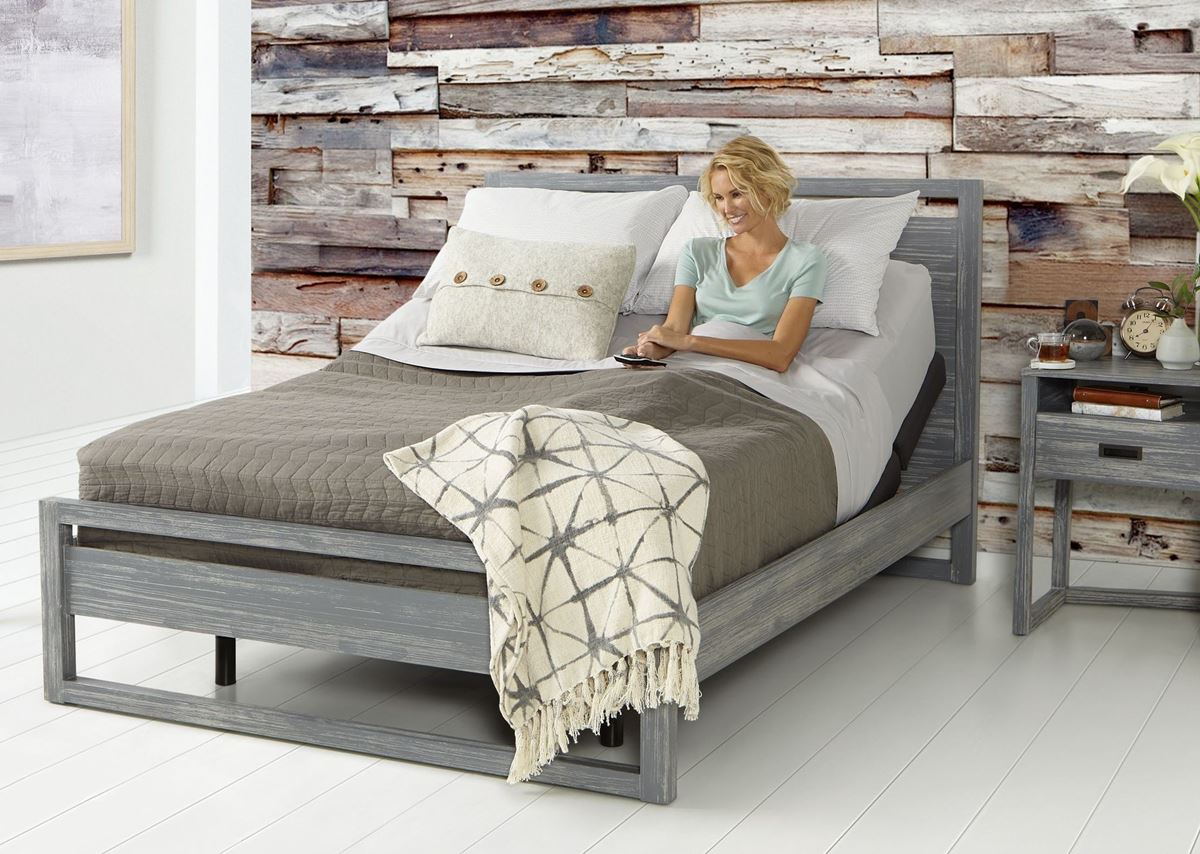Using a Mattress Without a Box Spring: What You Need to Know
Many people wonder if it is possible to use a mattress without a box spring. The answer is yes, but there are some important things to consider before making this decision. In this article, we will discuss the pros and cons of using a mattress without a box spring, as well as alternative options for support.
Can You Use a Mattress Without a Box Spring?
Before we dive into the details, let's answer the question on everyone's mind: can you use a mattress without a box spring? The short answer is yes, you can. In fact, many modern mattresses are designed to be used without a box spring. However, there are a few factors to keep in mind if you choose to go this route.
How to Use a Mattress Without a Box Spring
If you have decided to use your mattress without a box spring, there are a few things you can do to ensure proper support and comfort. First, make sure your bed frame is sturdy and able to support the weight of your mattress. You may also want to consider adding a bunkie board or foundation to provide additional support for your mattress.
Alternatives to Using a Box Spring with Your Mattress
If you are not comfortable using your mattress without a box spring, there are a few alternative options to consider. One option is a platform bed, which has a solid base that eliminates the need for a box spring. Another option is a slatted bed frame, which has a series of wooden slats that provide support for the mattress. Both of these options can be a good alternative to a box spring.
Can You Use a Mattress Without a Bed Frame?
While using a mattress without a box spring is possible, using it without a bed frame is not recommended. A bed frame provides support and stability for your mattress, helping to extend its lifespan. Additionally, a bed frame helps to keep your mattress off the floor, protecting it from dirt, dust, and potential damage.
How to Use a Mattress Without a Bed Frame
If you do not have a bed frame, there are a few things you can do to provide proper support for your mattress. One option is to place your mattress on the floor, but this can be uncomfortable and may lead to mold or mildew growth. Another option is to use a platform bed or slatted bed frame, as mentioned earlier, or to use a bunkie board or foundation directly on the floor.
Using a Mattress Without a Bed Frame: Pros and Cons
While using a mattress without a bed frame is not recommended, there are some pros and cons to consider if you do decide to go this route. The main benefit is the cost savings, as you will not need to purchase a bed frame. However, not having a bed frame can lead to a lack of support and stability for your mattress, potentially shortening its lifespan. It can also make getting in and out of bed more difficult, as your mattress will be lower to the ground without a bed frame.
Can You Use a Mattress Without a Foundation?
Using a mattress without a foundation is similar to using one without a box spring. While it is possible, there are some factors to consider. A foundation, also known as a box foundation, is a flat and solid base that provides support for your mattress. Without a foundation, your mattress may not have the proper support it needs to maintain its shape and comfort level.
How to Use a Mattress Without a Foundation
If you do not have a foundation for your mattress, you can use a bunkie board or a platform bed as an alternative. These options will provide similar support and stability for your mattress. You can also consider using a slatted bed frame, but be sure to check the spacing between the slats to ensure they are close enough to provide proper support for your mattress.
Using a Mattress Without a Foundation: What You Need to Know
Before using a mattress without a foundation, it is important to understand the potential risks. Without a foundation, your mattress may not have the proper support it needs, leading to sagging and discomfort. Additionally, not using a foundation may void the warranty of your mattress, so be sure to check with the manufacturer before making this decision.
Why You Should Consider Using a Mattress Without a Bed Frame
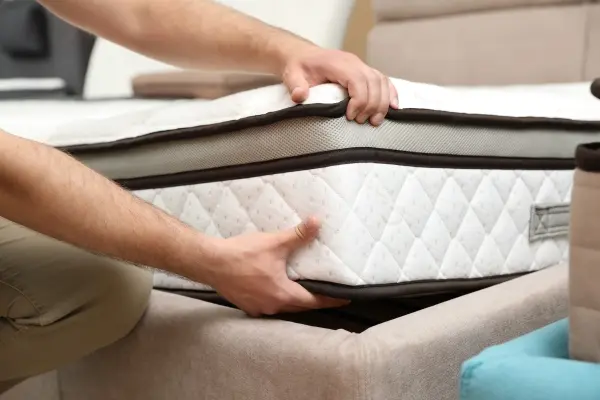
The Benefits of Using a Mattress Without a Bed Frame
 When it comes to designing your bedroom, the bed is often the centerpiece and focal point of the room. Traditionally, a bed frame is used to support the mattress and elevate it off the ground. However, with the rise of minimalist and modern interior design, many people are opting to use their mattress without a bed frame. This may seem unconventional, but there are actually several benefits to doing so.
One of the main reasons to consider using a mattress without a bed frame is for the sake of saving space. Bed frames can take up a significant amount of room, especially in smaller bedrooms. By eliminating the bed frame, you can free up space and create a more open and spacious feel to your room. This is especially beneficial for those living in apartments or small homes where every inch of space counts.
Another advantage of using a mattress without a bed frame is the cost savings. Bed frames can be expensive, especially if you're looking for a high-quality and stylish one. By skipping the bed frame altogether, you can save money and put those funds towards other aspects of your bedroom design.
In addition, using a mattress without a bed frame can also give your room a more modern and minimalist look. Without the bulk of a bed frame, your mattress will appear sleeker and more streamlined. This can create a clean and contemporary aesthetic in your bedroom, perfect for those who prefer a minimalist style.
Furthermore, using a mattress without a bed frame can also be beneficial for those who struggle with mobility issues. Without a bed frame, it is easier to get in and out of bed, making it more comfortable and convenient for individuals with mobility limitations.
But perhaps the biggest advantage of using a mattress without a bed frame is the versatility it offers. Without being tied down to a specific bed frame, you have the freedom to change up your bedroom design whenever you want. You can easily switch out your bedding, add different throw pillows, or even rearrange your furniture without having to worry about the bed frame matching.
In conclusion, while using a mattress without a bed frame may seem unconventional, it offers many benefits that should not be overlooked. From saving space and money to creating a modern and versatile bedroom, there are plenty of reasons to consider using a mattress without a bed frame. So, if you're looking to revamp your bedroom design, don't be afraid to ditch the bed frame and embrace the simplicity and versatility of a mattress on its own.
When it comes to designing your bedroom, the bed is often the centerpiece and focal point of the room. Traditionally, a bed frame is used to support the mattress and elevate it off the ground. However, with the rise of minimalist and modern interior design, many people are opting to use their mattress without a bed frame. This may seem unconventional, but there are actually several benefits to doing so.
One of the main reasons to consider using a mattress without a bed frame is for the sake of saving space. Bed frames can take up a significant amount of room, especially in smaller bedrooms. By eliminating the bed frame, you can free up space and create a more open and spacious feel to your room. This is especially beneficial for those living in apartments or small homes where every inch of space counts.
Another advantage of using a mattress without a bed frame is the cost savings. Bed frames can be expensive, especially if you're looking for a high-quality and stylish one. By skipping the bed frame altogether, you can save money and put those funds towards other aspects of your bedroom design.
In addition, using a mattress without a bed frame can also give your room a more modern and minimalist look. Without the bulk of a bed frame, your mattress will appear sleeker and more streamlined. This can create a clean and contemporary aesthetic in your bedroom, perfect for those who prefer a minimalist style.
Furthermore, using a mattress without a bed frame can also be beneficial for those who struggle with mobility issues. Without a bed frame, it is easier to get in and out of bed, making it more comfortable and convenient for individuals with mobility limitations.
But perhaps the biggest advantage of using a mattress without a bed frame is the versatility it offers. Without being tied down to a specific bed frame, you have the freedom to change up your bedroom design whenever you want. You can easily switch out your bedding, add different throw pillows, or even rearrange your furniture without having to worry about the bed frame matching.
In conclusion, while using a mattress without a bed frame may seem unconventional, it offers many benefits that should not be overlooked. From saving space and money to creating a modern and versatile bedroom, there are plenty of reasons to consider using a mattress without a bed frame. So, if you're looking to revamp your bedroom design, don't be afraid to ditch the bed frame and embrace the simplicity and versatility of a mattress on its own.






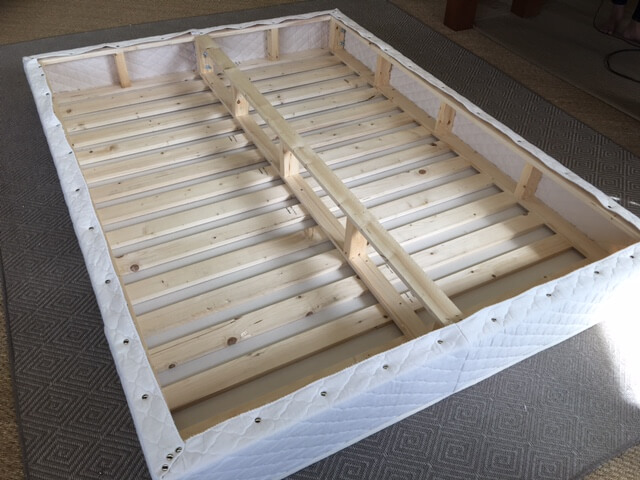









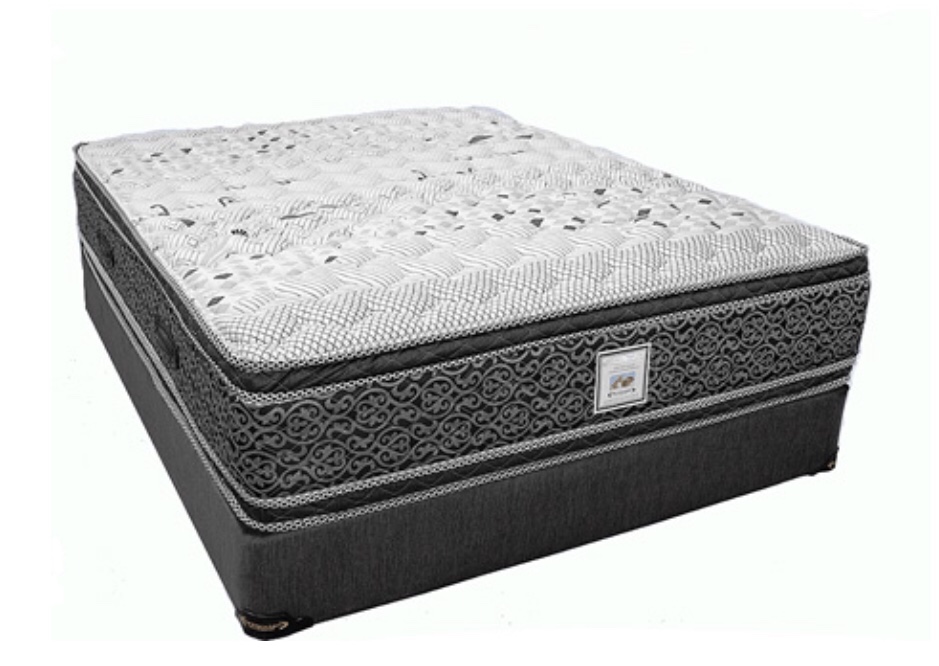
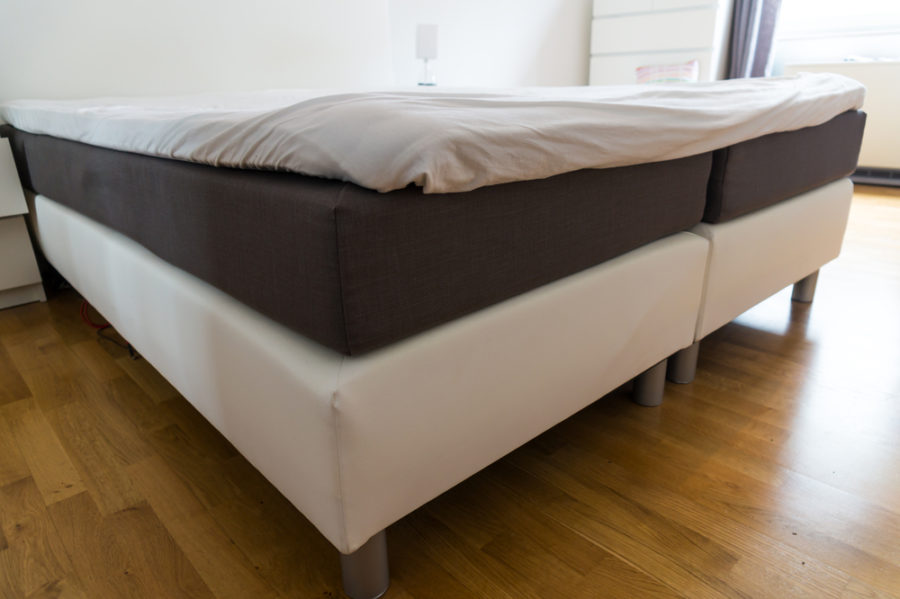
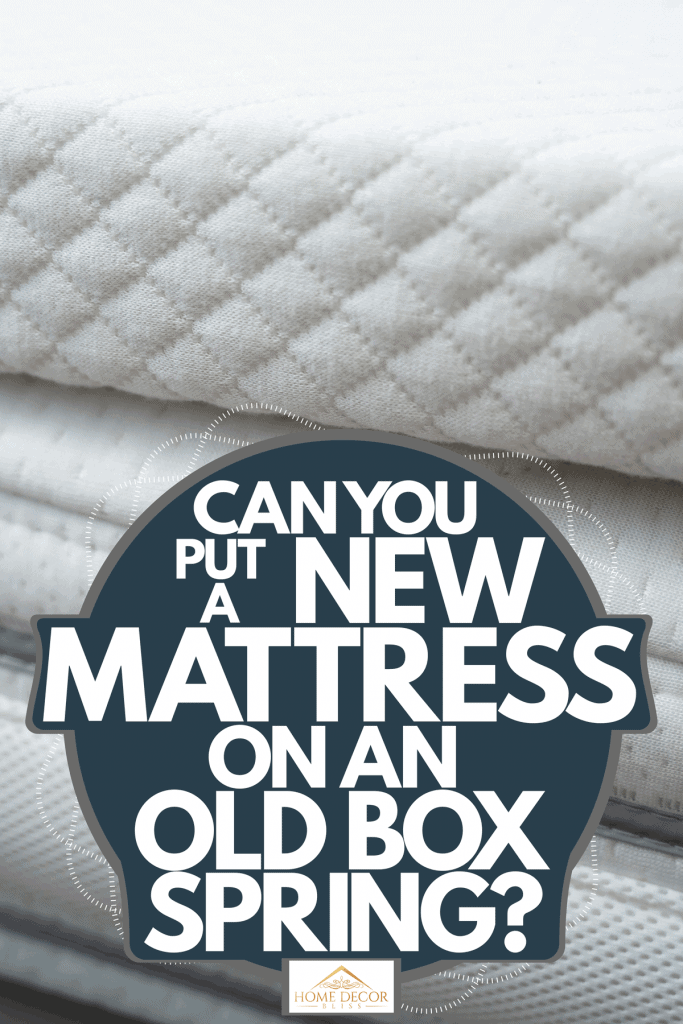











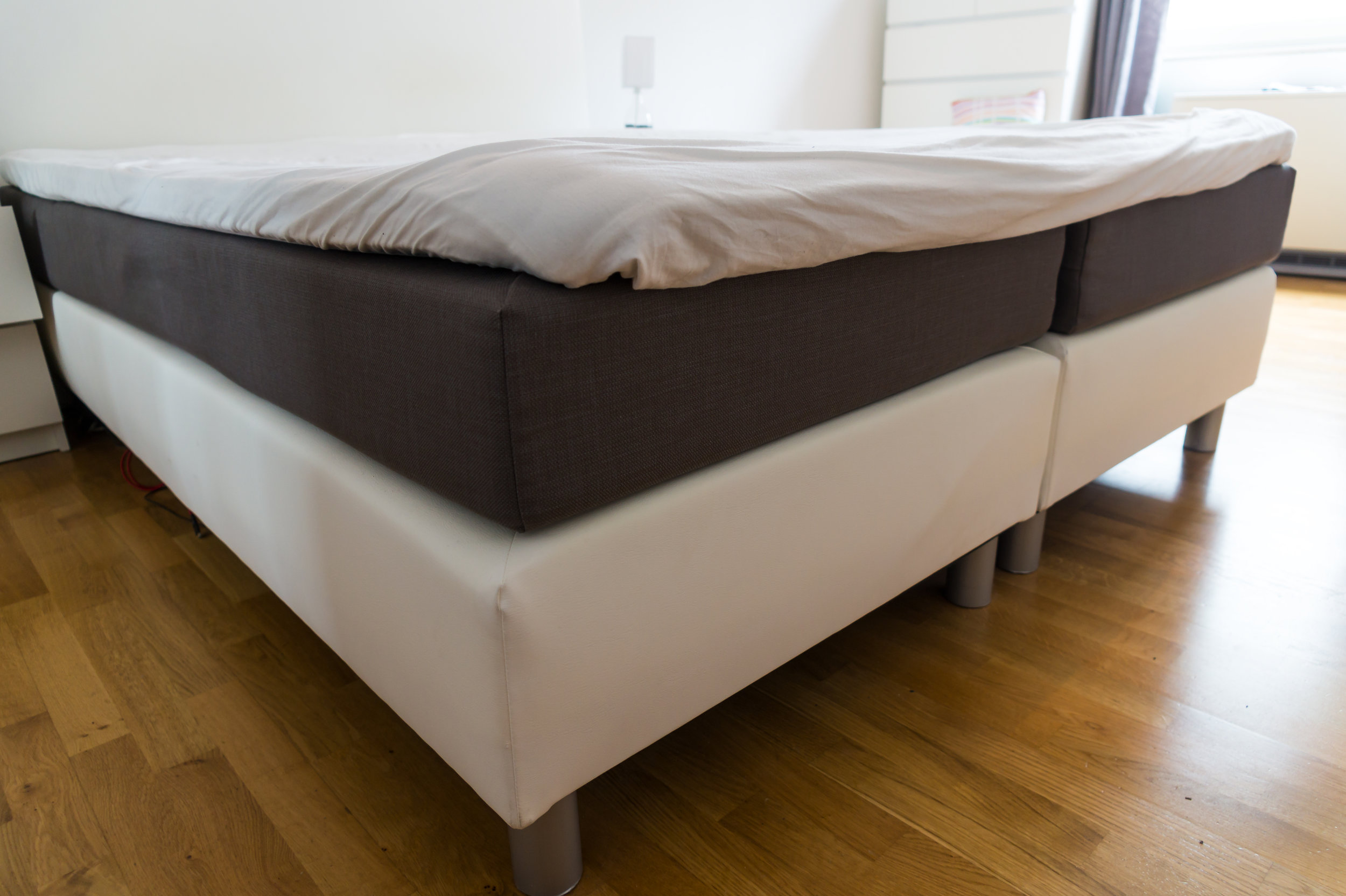
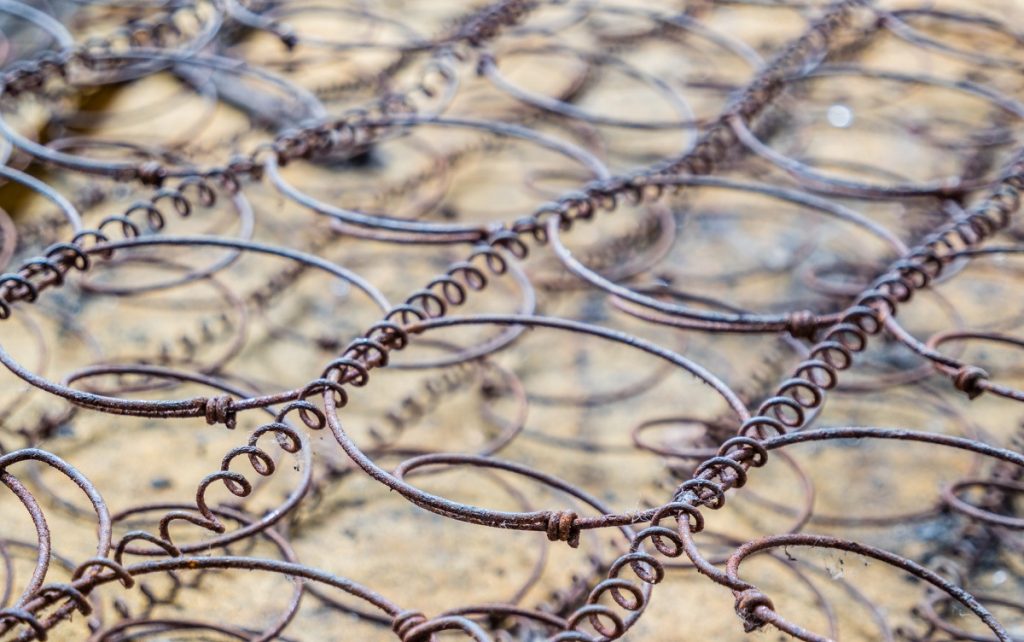


:max_bytes(150000):strip_icc()/101561567_133034158382726_8496592906670274671_n-cdc5453633254614ad853b872cbaaf77.jpg)


